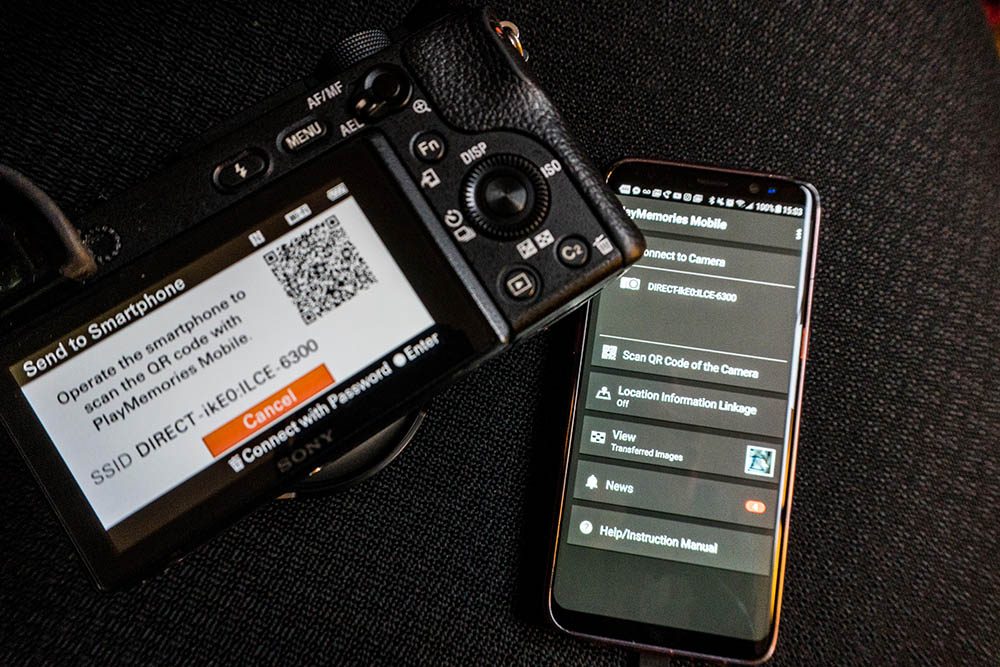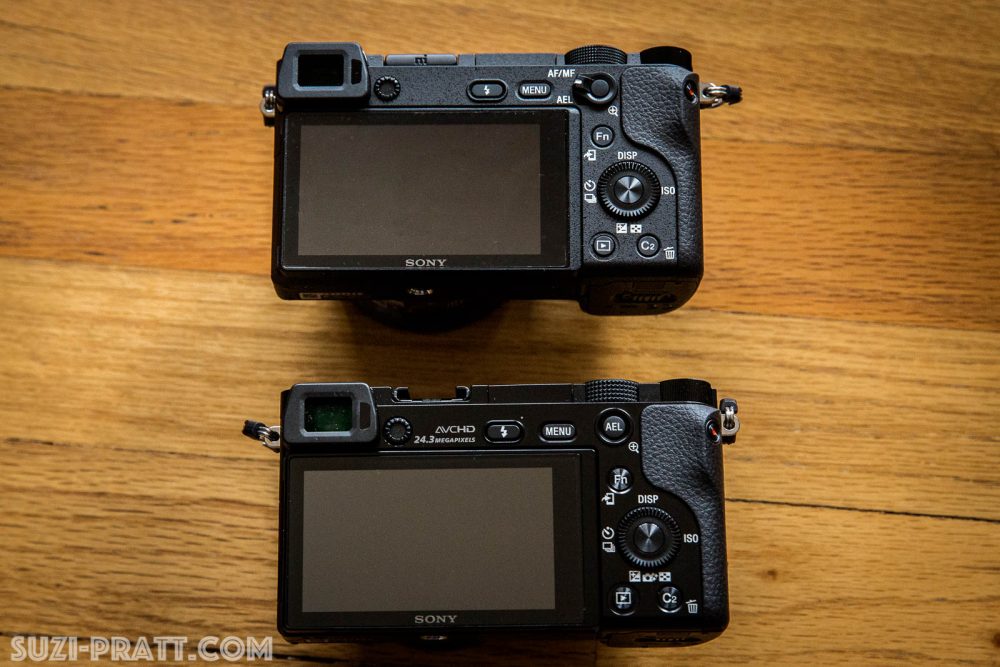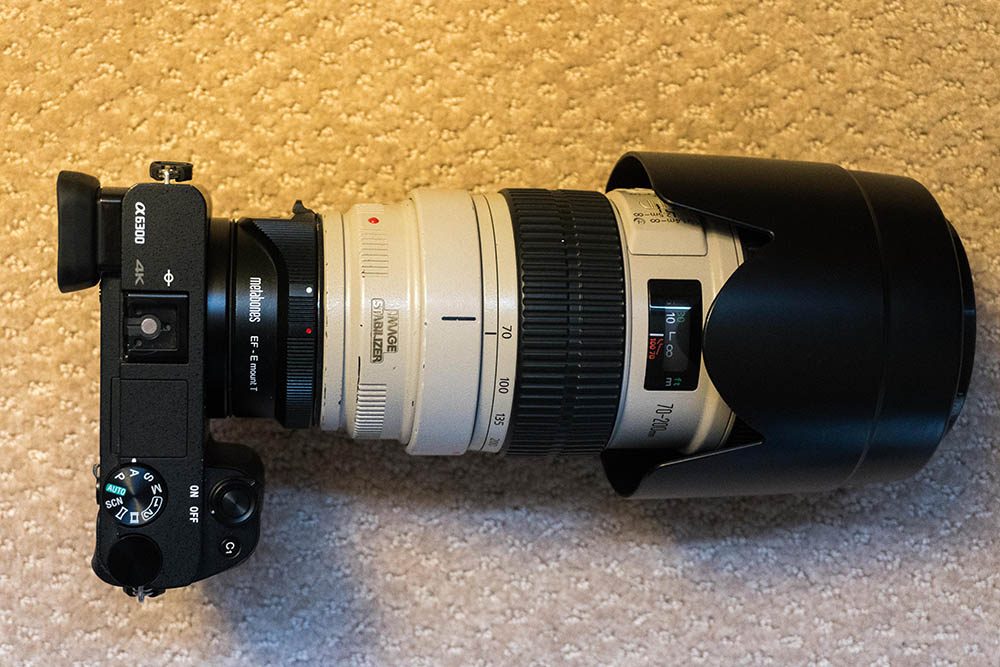It’s been six years since I last bought a full-frame camera, and suffice to say lots has changed in the world of digital cameras. That is why I recently pulled the trigger on a brand new Sony A7RIII mirrorless camera. As a Canon shooter for the past six years, it wasn’t an easy decision, as I’ll explain below. But ever since I started shooting with the A7RIII, I’ve fallen in love. In many ways, it’s similar to the Sony a6300, which I purchased two years ago and have found myself using is more than my Canons over the past year. In this post, I’ll tell you what led to my decision and why I’m not quite selling all of my Canon gear (yet).
Video: Unboxing the Sony A7rIII
Nikon to Canon
Unlike most photographers, I don’t have a history of shooting with film cameras. As a kid, I loved to write and illustrate my own stories, but never felt drawn to photography. That all changed with the rise of blogging and social media, to which I was a relatively early adopter. My attraction to digital storytelling eventually led to an interest in photography and I bought my first DSLR, the Nikon D40, in the year 2009. I moved around in the Nikon world for several years, eventually ending up with a Nikon D700 and about 5 Nikkor lenses.
In 2012, the Canon 5D Mark III made its debut. Fascinated with the idea of elevating digital storytelling to video format, I sold all of my Nikon gear switched to Canon. Ever since then, Canon has become like a reliable old friend that I could always count on. No matter the conditions I put my gear through, the cameras just keep working. Any failures were due to user error (read: dropping or breaking the gear), and Canon was spectacular at making quick, thorough repairs.

Sold all of my Nikon gear to switch to Canon, right before starting my photography business. It was expensive!
Moving to Sony
Fast forward to the year 2016 when the Sony a6300 was announced. At this time, I didn’t have any aspirations to switch to Sony from Canon. Instead, I was preparing to go on a month-long trip to Asia and didn’t want to lug my Canon DSLRs with me. So I purchased the Sony a6300 with the included kit lens and a 20mm f/2.8 pancake lens for about $1300. I had every intention of selling it all once I returned stateside. But after a month of shooting with this little camera in a variety of scenarios, I was so impressed with it that I decided to keep it as a hobby camera. It’s been serving me well up until recently when I desired better performance in low light scenarios. The answer was a full frame camera, aka the Sony A7RIII.
The future is mirrorless
Another thing that factored heavily into my decision was considering the current and future state of digital cameras. DSLRs have reigned supreme among professionals for a long time, but it seems that they are reaching their limit. Just how much better can one expect the Canon 5D Mark V to be? I’m not sure, but Canon themselves admit that the future is in mirrorless cameras. So with that in mind, I was more willing to make a leap into the world of mirrorless.
Sony Features that I Love
Quick, reliable Wi-Fi connection
One of the primary reasons why I bought the Canon 6D was to take advantage of its built-in Wi-Fi. The ability to transfer images directly to your smartphone and even control your camera via your phone are essential qualities for professional photographers today. But Wi-Fi on the Canon 6D was confusing and difficult to set up (to the point that my blog on how to setup Canon 6D Wi-Fi is my most popular post!) and last year, it just stopped working altogether. On the other hand, Sony’s built-in Wi-Fi works flawlessly. I especially love the quick connection by simply scanning a QR code rather than having to fiddle with confusing Wi-Fi networks.

Insane autofocus
If you’re coming from a DSLR like the Canon 5D Mark III, the autofocus systems on both the Sony a6300 and Sony A7RIII will blow you away. Both cameras have insanely fast and accurate autofocus systems that include both facial recognition and eye autofocus (AF). The latter feature is simply magical and incredibly useful for shooting portraiture.
Ability to shoot in 4K and slow-motion
Over the past 6 months, my interest in video production has been in overdrive. While video features were not an initial motivator for purchasing a Sony camera, I’ve come to love the 4K quality that comes out of the Sony a6300 and Sony A7RIII. Meanwhile, Canon is still lagging in terms of adding robust video capabilities to their consumer-grade cameras.
Silent shutter
Another crazy feature on both the a6300 and A7RIII is their silent shooting mode. Unlike on the 5D Mark III where the silent shutter is still noticeably very loud, the silent shutter on Sony mirrorless cameras is truly silent. This is very useful when photographing performances or in settings where you don’t want your camera to be noticeable.

Why I’m Keeping Canon
Not long ago, I published a post on why I won’t buy any new Canon gear this year. My sentiments in that article are pretty much the same. But I’m not giving up on Canon as a brand yet. Here’s why.
Heavily invested
Currently, I have a LOT of Canon gear: two DSLRs, ten lenses*, and three Speedlight flashes. Not to mention all of my photography accessories (remote triggers, flash triggers) are all for Canon gear. Switching would be costly, especially considering the fact that Sony lenses are quite a bit more expensive.
*I sold five Canon EF lenses in two days thanks to Craigslist, so now I’m down to just five Canon lenses. Money acquired from those sales will go towards investing in Zeiss lenses.
Not many people are switching to Canon
The price of used Canon gear is still pretty good, but there’s not much demand for it. There are tons of people enamored with Sony’s new cameras and it seems almost everyone is jumping ship. That means there’s tons of used Canon gear on the market, and not many buyers. Attempting to sell Canon gear right now isn’t impossible, as I just learned from my recent success in selling off half of my Canon lenses. But there’s still not nearly as much demand for used Canon gear right now as there is for Sony gear.
Limited Sony lenses
Compared to Canon and Nikon, Sony doesn’t have a very large selection of lens options. Generally, this isn’t a problem for me since I don’t really stray from the 24-70mm f/2.8 and 50mm f/1.8, both of which are available in Sony mounts. But it is a problem when I need any special lenses, mainly big telephotos such as the 300mm f/2.8. Sony and other makers such as Sigma are releasing more e-mount lenses, but it isn’t happening soon enough for my needs.
Canon can make a comeback
Even though Sony mirrorless cameras seem to be getting all of the attention right now, that’s not to discount the fact that Canon still makes stellar cameras. They have been slow to innovate in terms of mirrorless cameras, but it’s rumored that Canon (and Nikon) are working on mirrorless cameras that will give Sony some stiff competition. It’s hard to say whether Canon mirrorless cameras would support DSLR lenses, flashes, and other accessories, but I would definitely hope so!

Canon 70-200mm f/2.8 on my Sony a6300 via Metabones V adapter. Works like a charm (even the eye autofocus!).
Sony-Canon Compatibility
Lens Adapters
For those of us with Canon gear, there’s the possibility of adapting some of it to Sony camera bodies! Lens adapters such as the Metabones V make it possible to use most Canon lenses on Sony camera bodies. While testing the Metabones adapter, I’ve found it to work almost flawlessly with all of my Canon lenses. Even face and eye autofocus work! Occasionally, the adapter will freeze in the middle of focusing on a subject. This can be reset by switching the camera off and on. The bug makes it difficult to recommend the adapter to anyone shooting sports, live music, or fast-moving subjects, but it’s a better alternative to shelling out more money for Sony-branded lenses.
I’ve heard of photographers having more issues when trying to use older technology, such as previous versions of Metabones adapters, and the Sony A7RII. It sounds like lens adaption currently works the best only if you are using the Metabones V and Sony A7RIII.
Canon lenses I’ve successfully tested:
- Canon 16-35mm f/2.8
- Canon 24-70mm f/2.8
- Canon 70-200mm f/2.8
- Canon 35mm f/1.4
- Canon 50mm f/1.8
- Canon 85mm f/1.8
Lighting Gear
Another plus to having Canon gear is that Speedlight flashes work in Manual mode when attached to the hot shoe mounts of Sony cameras. I’ve also found that PocketWizard Plus III flash triggers allow me to use my Canon Speedlights as off-camera flash units for my Sony cameras. This all is a huge relief knowing that I won’t have to splurge on Sony lighting gear.
In Conclusion
After lots of research and careful consideration, I’ve added the Sony A7RIII to my camera family with no regrets. The fact that I can use my Canon lenses on the camera with the Metabones V adapter, plus all of my Canon Speedlights make this a much easier decision. Still, I won’t be selling my Canon camera bodies anytime soon since they are still solid, reliable cameras that make for excellent backups just in case.
Have you made any new camera purchases? What are your thoughts on mirrorless cameras versus DSLRs? Let me know in the comments below!
